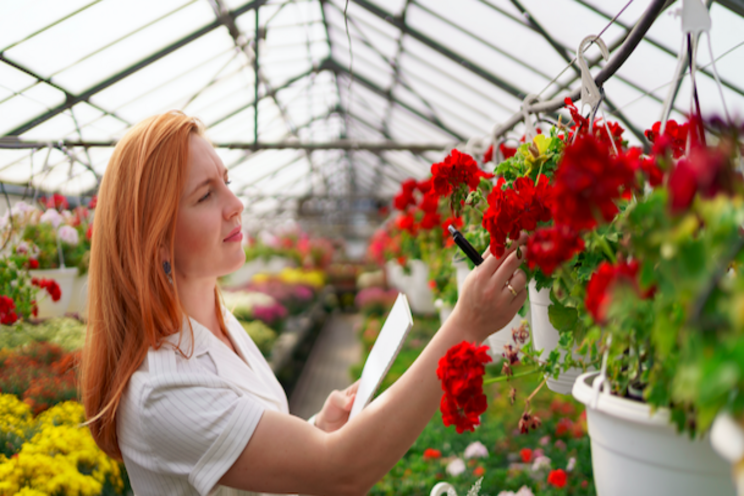Use data to sustainably scale your greenhouse production
Added on 22 April 2021

If you are scaling your business sustainably, there are some basic rules of the road to follow for cultivation standardization.
Measure Twice and Cut Once
We all know that it is impossible to understand and make improvements on what we don't measure. By harvesting and using trustworthy data, you can optimize your crop yield, streamline your production, and boost your bottom line.
Start by looking closely at the current state of the environment in your greenhouse. It is critical to document and baseline the present conditions of your grow before moving even an inch forward. Use this baseline data to make informed forecasts about the future, keeping in mind weather patterns and their effects on your greenhouse.
There are six main elements of the baseline that will determine the success of your crop production: light delivered, temperature, humidity, nutrients, soil moisture, and carbon dioxide (CO2). It may sound tedious and overly complicated, but there are many platforms that can help growers to measure this digitally, so you can put your log books and spreadsheets away.
"It is absolutely essential for growers to measure and standardize their environmental stability and performance to maximize yields and manage costs," says Peter Dougherty, CEO of Gro iQ. "The goal is to eliminate the cultivation guesswork by monitoring the greenhouse environment, analyzing it, and then making appropriate informed adjustments that can be baselined again after the changes are made."
Use Your Resources
The ultimate goal for any company in becoming more sustainable is to reduce the carbon footprint left in the wake of production. Start by validating your operations data collected along the way and then formulate and move forward with a solid plan.
There are informed resources available to growers who realize that data is the golden path to sustainability. Groups like the Sustainable Cannabis Coalition have been working with growers to provide education and consulting on everything from cultivation and manufacturing to distribution. The Food and Agriculture Climate Alliance is another group with highly ambitious goals to help growers benefit economically from reducing greenhouse gas emissions while helping farmers become more resilient to climate change.
Improvise and Adjust
There is no perfect plan or formulation when it comes to building a more sustainable operation. This is a long process that will require a lot of adjustment and fine-tuning along the way. Be prepared to constantly monitor your grow. Use the data you are collecting to make modifications as needed on a monthly, quarterly, and annual basis.
Once a company has a clear understanding of where they are today, and even better, where they came from, the future becomes more easily predictable. Technology advancements allow growers to conduct real-time sustainability analysis on vast quantities of data in terms of past present and future.
Building a sustainable business is not just the way of the future, it is the way of today. Through deliberate consideration, planning, and investment both the environment and your greenhouse will benefit and thrive.
Source: Greenhouse Grower
Photo created by ArthurHidden - freepik
Source: Greenhouse Grower
More news















